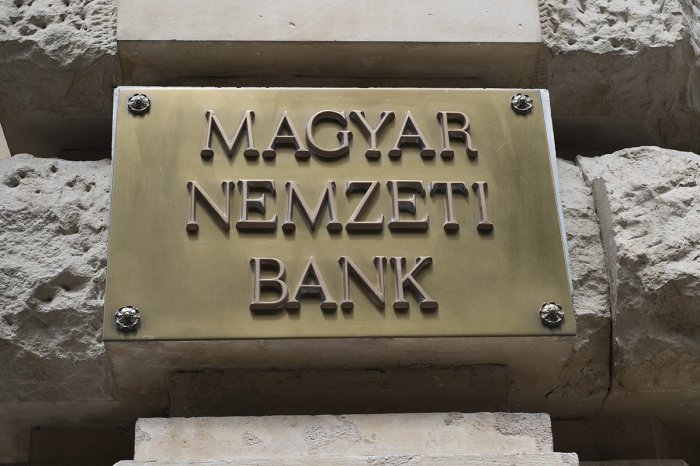State debt at 66.4% of GDP at the end of Q3

Image by Jessica Fejos
Hungaryʼs state debt stood at 66.4% of GDP at the end of September, down from 66.5% of GDP at the end of June and down from 70.2% a year earlier, the National Bank of Hungary (MNB) said on Monday concerning preliminary data of Hungaryʼs financial accounts, state news wire MTI reports.
Photo: Jessica Fejos
State debt, including Eximbank data, was at 68.1% of GDP at the end of September, down from 68.2% at the end of Q2 and down from 72.0% in Q3 2018.
Hungaryʼs constitution requires the year-end debt-to-GDP ratio to fall each year until it reaches 50%.
The MNB in 2018 started publishing separate state debt ratios, with and without the balance sheet of Magyar Eximbank, in line with a decision by Eurostat. Eurostat has for years maintained that Magyar Eximbank should be reclassified inside the general government sector, raising state debt.
In nominal value, state debt was equivalent to HUF 30,325 billion at the end of Q3. It rose from HUF 29,667 bln at the end of Q2 and from HUF 29,164 bln from a year earlier.
In the third quarter, net borrowing increased the nominal figure by HUF 657 bln, as transactions raised the stock by HUF 425 bln and revaluations by HUF 233 bln.
Including Eximbank data, the nominal value of state debt was HUF 31,093 bln at the end of Q3, up from HUF 30,422 bln at the end of Q2 and up from HUF 29,929 bln a year earlier.
The net financing requirement of the general government, which is a good approximation of the general government deficit, was HUF 910 bln or 2.0% of GDP in the four quarters to the end of Q3. General government net borrowing was HUF 228 bln in the third quarter itself, equalling 1.9% of quarterly GDP.
In 2019 Q3, net borrowing of the central government amounted to HUF 222 bln. The net lending of local governments was HUF 94 bln in Q3. Net borrowing of the social security funds was HUF 100 bln.
At the end of Q3, the non-consolidated stock of the general governmentʼs assets and liabilities amounted to 36.5% and 90.4% of GDP, respectively. As a result, net liabilities of the general government amounted to 53.9% of GDP at the end of Q3.
Within financial assets of the general government, deposits placed with the central bank and credit institutions increased significantly, and short and long-term loans and shares and other equity rose slightly due to transactions. On the liabilities side of the general government, there was a substantial increase in long-term securities. By contrast, there was a significant decline in short-term securities.
Net lending of households, at HUF 2,273 bln, was equivalent to 5.0% of GDP in the four quarters to Q3. In Q3 alone net lending stood at HUF 508 bln, equivalent to 4.2% of quarterly GDP.
Within householdsʼ financial assets, there was a significant increase in long-term securities in 2019 Q3. By contrast, there was a marked decline in short-term government securities. Currency and current account deposits increased considerably. There was a fall in mutual fund shares.
Within liabilities, the stock of consumer loans and other loans within forint loans taken from credit institutions increased substantially due to transactions. The stock of forint housing loans also rose, although to a smaller degree. Other liabilities of households fell considerably.
SUPPORT THE BUDAPEST BUSINESS JOURNAL
Producing journalism that is worthy of the name is a costly business. For 27 years, the publishers, editors and reporters of the Budapest Business Journal have striven to bring you business news that works, information that you can trust, that is factual, accurate and presented without fear or favor.
Newspaper organizations across the globe have struggled to find a business model that allows them to continue to excel, without compromising their ability to perform. Most recently, some have experimented with the idea of involving their most important stakeholders, their readers.
We would like to offer that same opportunity to our readers. We would like to invite you to help us deliver the quality business journalism you require. Hit our Support the BBJ button and you can choose the how much and how often you send us your contributions.








